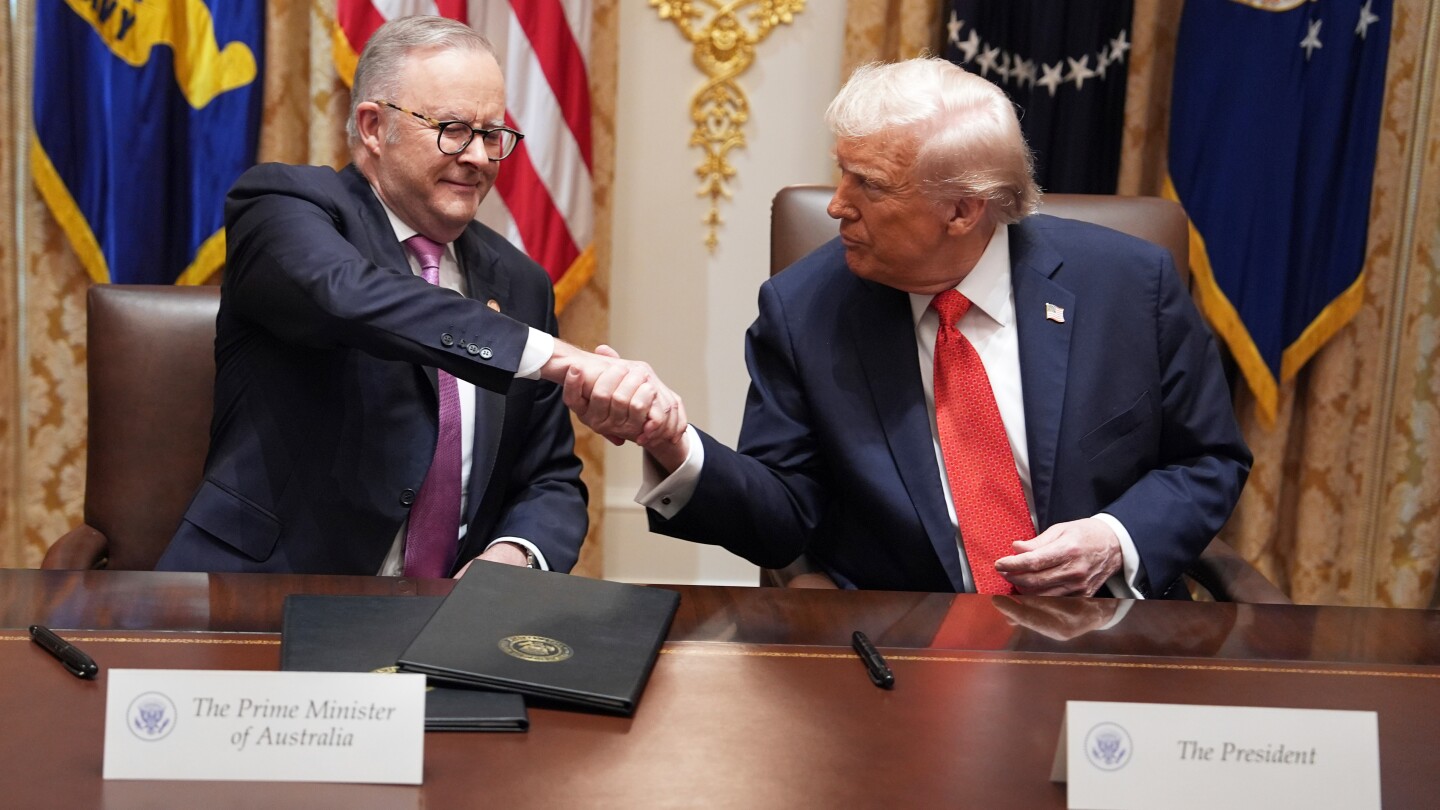Copyright The Mercury News

Several days after opponents of Donald Trump’s presidency celebrated high-profile Democratic election victories, organizers of weekly anti-Trump protests in Contra Costa County also were feeling a sense of validation — particularly that Proposition 50, which will temporarily redraw California’s congressional districts to benefit Democrats, won in a landslide. To them, the Prop. 50 win in California, as well as Democrats’ success in races in New York City, New Jersey and Virginia, proved that regular people can get results, either by showing up at the massive No Kings protests that took place in 60 Bay Area locations last month, or by volunteering to make phone calls, knock on doors or do whatever else is needed to grow their grass-roots resistance. “More and more people are feeling comfortable getting out and expressing their political views in public,” said Kathryn Durham-Hammer, one of the leaders of the Indivisible ReSisters in Contra Costa County. “They are hearing and seeing their friends, family, neighbors and colleagues speaking up. They are realizing that we the people do have power when we connect with each other and act together.” But to those faithful to Trump, the resistance movement doesn’t amount to a significant opposition to his leadership. Jan Soule, president of the Silicon Valley Association of Conservative Republicans, argued that even the 7 million Americans who marched in No Kings protests on Oct. 18 represent only a small percentage of the total U.S. population and said she doubts they represent a genuine grassroots uprising. Soule also said anti-Trump protests could end up being detrimental to Democrats because demonstrators seem bent on “creating chaos.” She said, “All they’re really achieving is that people with common sense, including Democrats, are wondering, ‘Is this really the party I want to be a part of?’” Kyle Kodnik, the managing editor of the University of Virginia Center for Politics-based newsletter, Sabato’s Crystal Ball, agreed that the protests won’t change the minds of Trump supporters — or of the president himself. “This administration doesn’t seem particularly constrained by anything,” he said. However, no protests would signal to Trump and the GOP that they have widespread public support “and can do whatever they want,” Kodnik said. In an interview before Tuesday’s election, he said the passage of Prop. 50 would “be a tangible sign” that the protests are “translating into actual success at the ballot box.” Indeed, Trump and his supporters have not necessarily been protesters’ audience, explained Kristen Lazzarra, who’s also with the Contra Costa Indivisible group. She said the protests, growing in size over the past nine months, pressured Democratic leaders to stand up to Trump and to hold together on the federal government shutdown. She also said they buoyed energy around Gov. Gavin Newsom’s push for Prop. 50 to be on the Nov. 4 ballot. “How much of this would have happened if they hadn’t seen thousands, if not millions of people, regularly hitting the streets?” Lazzarra continued. Dan Schnur, a former GOP political consultant and professor at UC Berkeley and USC, is not sure how much the protests moved the needle on Prop. 50. Those who supported it already were inclined to oppose the president — a sentiment that the Yes on 50 campaign capitalized on. Where the protests possibly had an impact is on voter turnout in an off-year election, he said. “So if people who don’t like Trump were a bit wishy-washy on voting, they might have heard about the protests and saw all this energy around them and thought, ‘Maybe I should do something,’” he said. One immediate impact of protests is that they create a sense of community where “people feel like they’re part of something larger than themselves,” said Melissa Michelson, a political science professor and the dean of arts and sciences at Menlo College. But one protest, or even a series, will not make a difference, Michelson said. “They need to be sustained,” she said. “They need to be large. It needs to get to the degree where policymakers feel like they can no longer ignore.” Marsha Andersen, a retiree from Concord, understands people’s skepticism about the protests’ impact, but to her and others devoted to standing up to Trump’s actions, they feel they have no choice but to show up at weekly protests as much as possible to express concerns about his efforts to expand his power. “I feel like I should stand up,” said Michele Hart, of San Ramon. She was one of 8,000 people who attended the Oct. 18 No Kings Protest in Walnut Creek. A total of 162,000 to 224,000 people joined rallies in the Bay Area on that day. “I am truly scared, because it’s only getting worse, and I am out here to fight.” Schnur sees parallels between the anti-Trump protests and the Tea Party movement, another grassroots cause started by people frustrated by the status quo. The Tea Party initially gained traction amongst Republicans opposing Barack Obama’s Affordable Care Act, but set in motion a political realignment that delivered Trump to the White House in 2016 and 2024, Schnur explained. “(These protests) don’t magically solve the problems that protesters are concerned about,” Schnur said. “But they represent an important step forward.” As with the Tea Party movement, the anti-Trump cause will need to prioritize issues and have those championed by decision-makers in state capitals and in Congress, Schnur added. Durham-Hammer said Indivisible volunteers plan to keep up the momentum and have prepared in case the Trump administration tries to clamp down on demonstrations. Their current priority is helping people with hearings at the federal Immigration Court in Concord and assisting local food banks in collecting and distributing food to people whose SNAP payments have been delayed. “The protests continue to this day,” added Andersen, with this Saturday’s Indivisible ReSisters Contra Costa protest scheduled for Pleasant Hill City Hall. “Whether it’s at Immigration Court or showing up at various Saturday locations or freeway overpasses, people are still strong and realize they can’t stop just because of these victories on Tuesday.”



